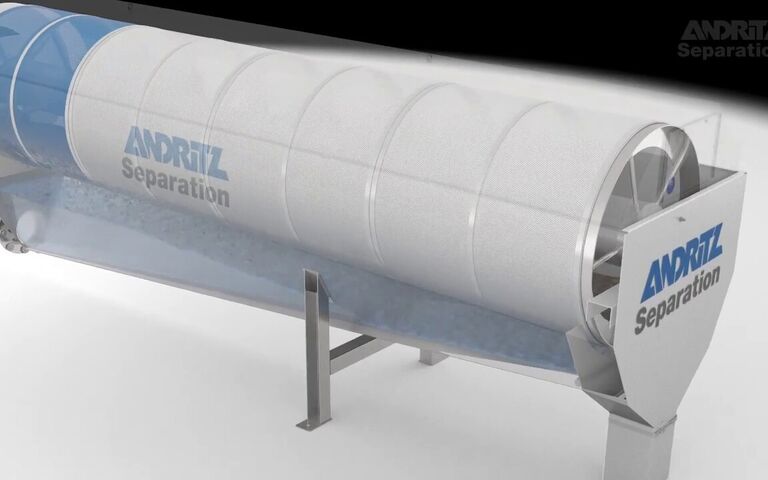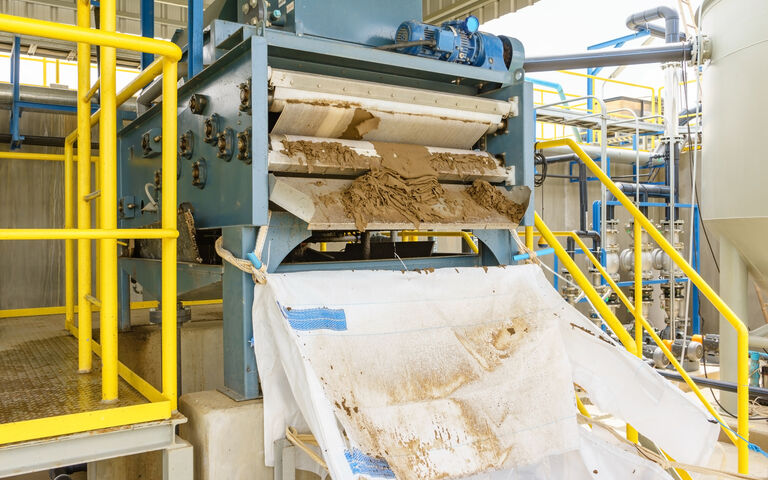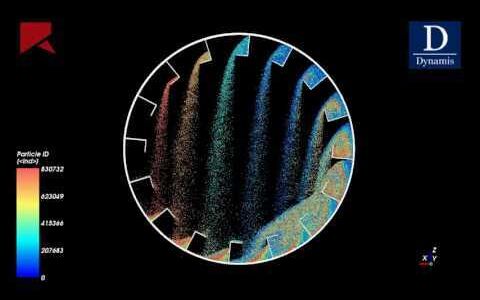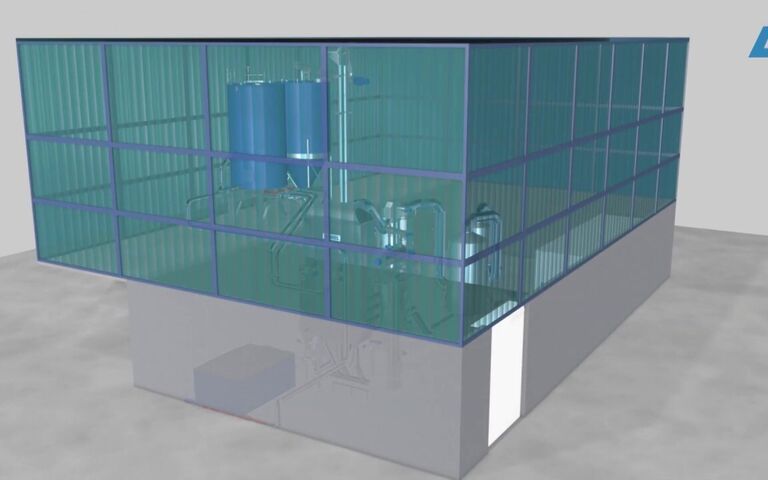Introduction to sludge thickening

Overview of sludge thickening
A number of processes act purely to remove water from the sludge to reduce its volume. As a result, the suspended solids concentration of the sludge is increased, i.e. the sludge becomes consolidated. These processes are referred to as either thickening
or dewatering, depending on the amount of water removed.
Thickening processes are defined as those which remove part of the free water from the sludge by:
- allowing the particles to settle to the base of a vessel, producing a concentrated (thickened) stream that can be removed from the vessel base and a supernatant (diluted) stream withdrawn from its surface (gravity thickening),
- encouraging the particles to migrate the sides of a rotating container under the action of a centrifugal force (centrifugal thickening), which produces a clarified centrate stream along with the thickened solids,
- encouraging the neutrally buoyant particles to float to the sludge surface, so they can be removed by skimming ((dissolved air) flotation thickening), or
- allowing the liquid to drain under gravity through a permeable medium on which the sludge sits (gravity belt) or comes into contact (rotary drum thickening).
These processes are relatively low in energy consumption and generate sludges of 4−6% dry solids (DS) content. They are widely employed to reduce the solids content of sludge upstream of anaerobic digestion.
What’s the difference between thickening and dewatering?
Thickening and dewatering processes both provide a concentrated, consolidated product − retaining most of the solids from the original sludge – along with a diluted stream which is predominantly water. For both process types the dilute stream is usually directed back to the inlet of the wastewater treatment works.
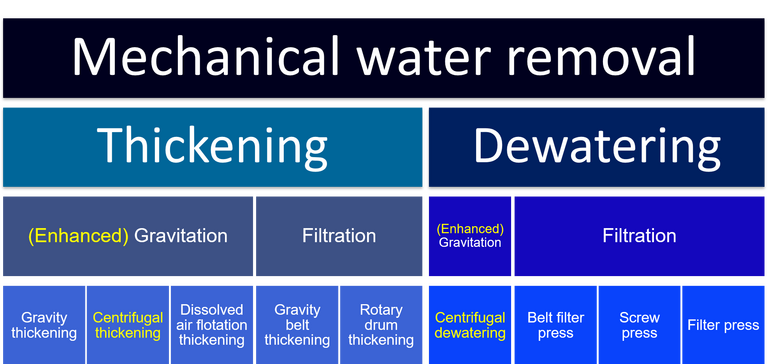
Thickening processes are those which concentrate the sludge by removing part of the free water. In doing so, the finished product retains the liquid, free-flowing characteristics of the feed sludge, so that it can still be conveyed by pumping. Thickening normally increases the dry solids (DS) content to 4−6%.
Unthickened sludge, ~2% DS
Unthickened sludge, ~2% DS Source: Paul Nelsen / YouTube Thickened sludge, ~6% DS, pumped into a bucket
Thickened sludge, ~6% DS, pumped into a bucket Source: Paul Nelsen / YouTube Thickened sludge, ~6% DS
Thickened sludge, ~6% DS Source: Paul Nelsen / YouTube Sludge going through a belt thickener
Sludge going through a belt thickener Source: Sidney Seckler Ferreira Filho / YouTube
Dewatering processes remove significantly more of the free water along with, in some cases, other fractions of the sludge water content. This generates a concentrated sludge product, referred to as a cake, which is not free-flowing and instead forms lumps which can only be transported by a conveyor belt, mechanical earth-moving equipment, or spade.


